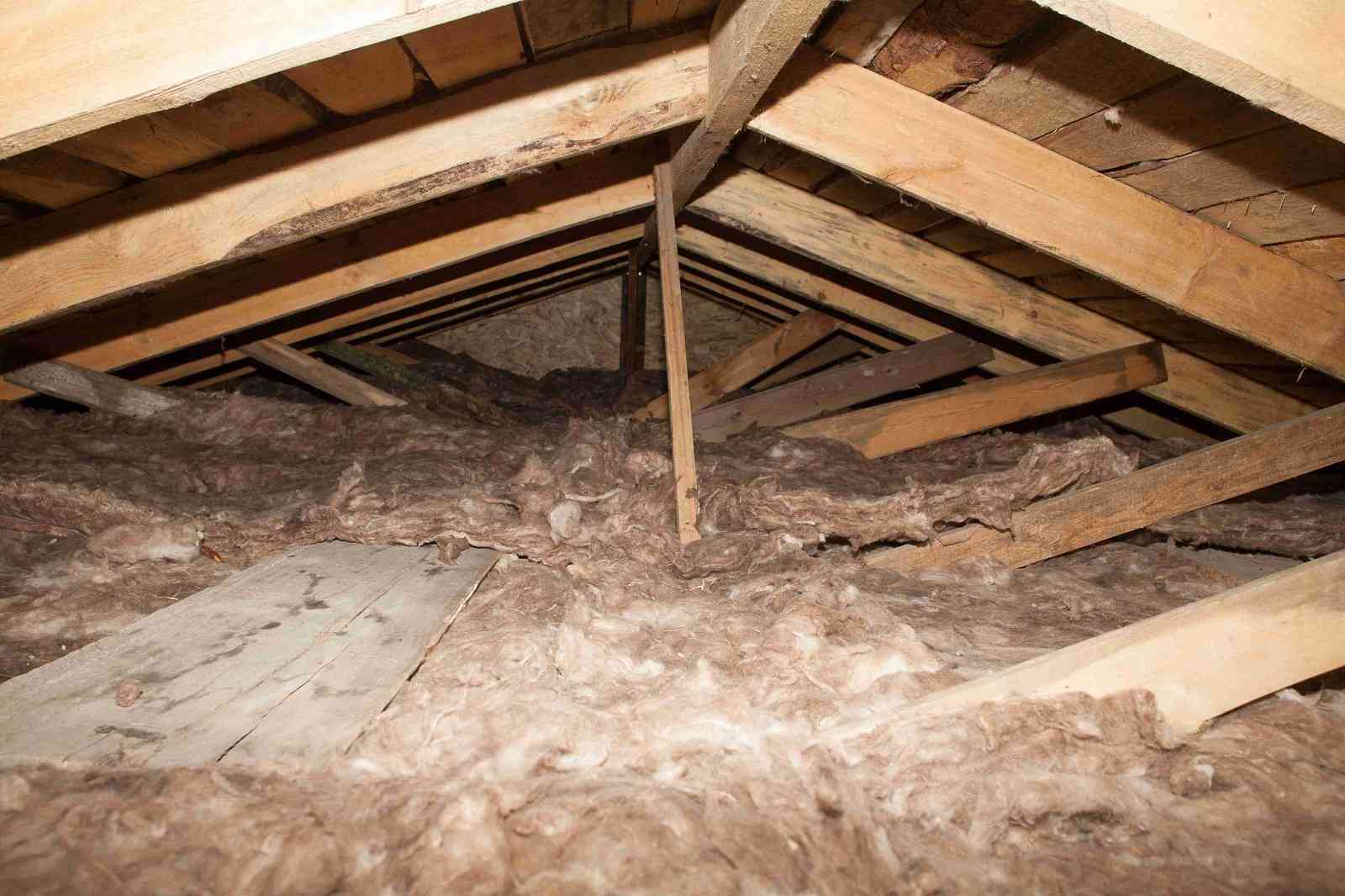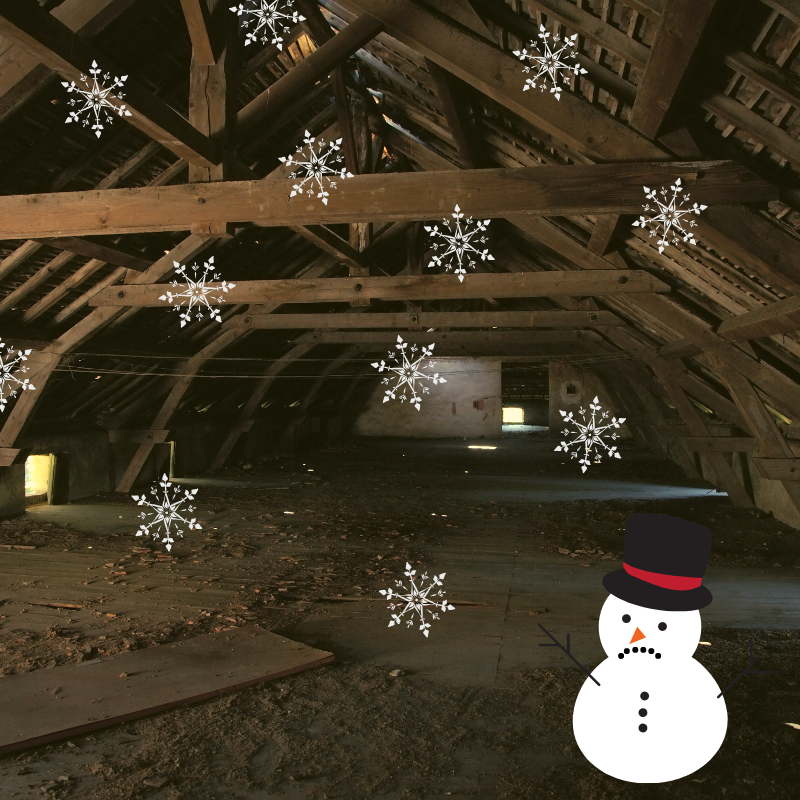Attic Insulation Types Oregon

Achieving greater r values in attics the higher the r value the better the thermal performance of the insulation.
Attic insulation types oregon. The department of energy recommends different r values for different climates so you ll need to be sure you re choosing a material that meets the standard for attic insulation in portland oregon. Both can be added to uninsulated attics or layered over existing material. Insulation types include loose fill batts rolls foam board spray board and vapor barriers. Blanket batts and rolls are typically constructed with fiberglass although versions made of cotton mineral wool and plastic fibers are also available.
For diy attic insulation you ve got two choices. Once you ve decided which type is best for you examine the material options and prices to home in on the right product. Installing this type of insulation is an. They sport insulation values of approximately r 6 5 and r 3 6 per inch respectively.
The type of insulation you need depends on which type is currently installed and the required r value. The most common insulation materials are fiberglass cellulose and foam. Call 888 629 9665 or click free sample below for a free sample. Closed cell and open cell aka 2 pound and pound respectively.
Spray foam offers the best attic insulation performance available. Each has its pros and cons as well as its own set of adherents who will tell you never to use the other type. Choose from two types. Just as there are two types of blown insulation fiberglass and cellulose and two types of people those who divide everything into two groups and those who don t there are two types of spray foam open cell and closed cell.
For temperate climates like the pacific northwest you re shooting for an r value of r 38. Loose fill or batt the common term for blanket insulation. This type of insulation. Our team is a governmental voting member for development of the international energy conservation code iecc.
Blanket insulation is available as batts or rolls and is the easiest diy insulation material.















































